
Warm house is a dream of any owner. But, as statistics show, not all owners have implemented it, otherwise why such an interest in the issue of insulation. If the house is cold, the first thought that arises from the tenants – how to insulate the floor.
Heat loss of the house through the black floor and Foundation reaches 15%. Although this is not the biggest source of heat leakage: most of it escapes through the roof-up to 40 %.
However, in addition to objective technical parameters, subjective perception of heat is important for a person. When our feet get cold, even at the nominally optimal room temperature, we believe that the room is cold. Therefore, the question is how to insulate the floor, especially if it is concrete.
What does “insulate” mean?
To insulation of concrete floor was the most effective, you need to understand how it works. All materials have such a physical parameter as thermal conductivity — the ability to transfer energy, that is, heat exchange. The thermal conductivity of different materials varies. For example, the highest rate of diamond, and one of the lowest — in the air.
Another important parameter in heat engineering is thermal resistance. This value is inversely proportional to the thermal conductivity – the ability of the material or its surface to resist heat transfer. That is, the ideal warm house should be built of materials with high thermal resistance.

However, this is not possible: the structure of the building should not only have a small coefficient of thermal conductivity, but also meet other requirements, such as strength. Therefore, the main task of insulation-to increase the thermal resistance of building structures, well, or reduce the thermal conductivity.
When we’re cold, we put on a sweater. The sweater itself is neither warm nor cold. However, we consider one item of our wardrobe to be “warm” (for winter), and the other — “cold” (for the off-season).

In the category of “warm” get thick, dense knitting and woolen things. The sweater does not warm us, it simply does not dissipate heat that our body produces. Or reduces heat loss. Sweater-a heat insulator, it isolates the body heat from the external cold.
Also works and construction insulation-prevents leakage of heat generated by heating devices in the surrounding space of the house. Therefore, the criteria for choosing a thermal insulation material for the floor should be the same as for winter clothes:
- have low thermal conductivity;
- be of sufficient thickness and density.

What now “in fashion” in the market of thermal insulation?
Types of insulation
The main characteristic of insulation materials is the coefficient of thermal conductivity. It is denoted by the letter “λ”, measured in W/(m*K) and indicated by the manufacturer on the package. Some, on the contrary, report the value of thermal resistance (“R”) or both characteristics at once. Also, the thickness and density of the material should be indicated on the package.
The choice of insulation depends on the amount of heat loss. If you plan to insulate the concrete floor in an apartment building, and below you is the residential apartment of the neighbor below, with the role of insulation will do a great job the substrate under the laminate. And if we are talking about concrete floors in a private house over an unheated basement or floors on the ground, insulation will need more “warm”. The thickness is also important, since it is not always possible to apply a thick layer of heat insulator.
The market of modern thermal insulation materials is large and every year becomes even larger. Consider the most common and most popular today insulation.
Mineral wool
Mineral wool, as the name implies, refers to inorganic thermal insulation materials. Depending on the raw material is glass, stone. The coefficient of thermal conductivity of glass wool-0.032…0.041 W/(m*K), mineral wool — 0.034…0.039 W/(m*K).
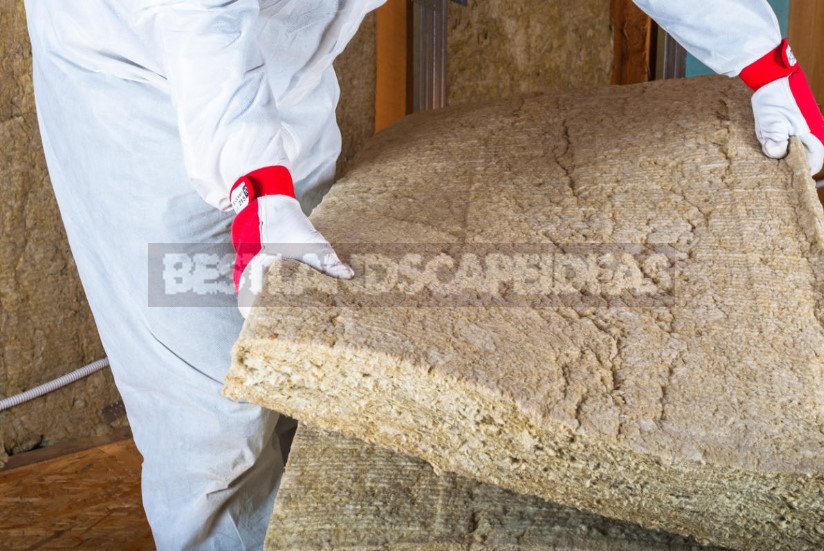
Mineral wool is of different density, available in rolls or mats. The choice depends on the technical parameters of the room (the value of heat loss) and the method of insulation, which will be discussed below.
Foam polystyrene
Styrofoam-one of the types of foams, which are almost as much as plastics. Foamed weight of the polystyrene produced by a method stress-free polymerization, most commonly used in household and construction. It is this material in everyday life and is called foam.

Another type of foamed polystyrene is extruded polystyrene.
Extruded polystyrene foam has a greater density in comparison with the foam, respectively, can withstand heavy compression loads. The coefficient of thermal conductivity of polystyrene — 0.038-0.052 W/(m*K), and extruded polystyrene — 0.029-0.032 W/(m*K).
Foamed polyethylene
Insulation materials made of polyethylene foam (λ=0,035-0,037 W/(m*K)) are widely used in construction. The most common thin roll insulation, known as the substrate under the laminate, but you can buy thicker mats.
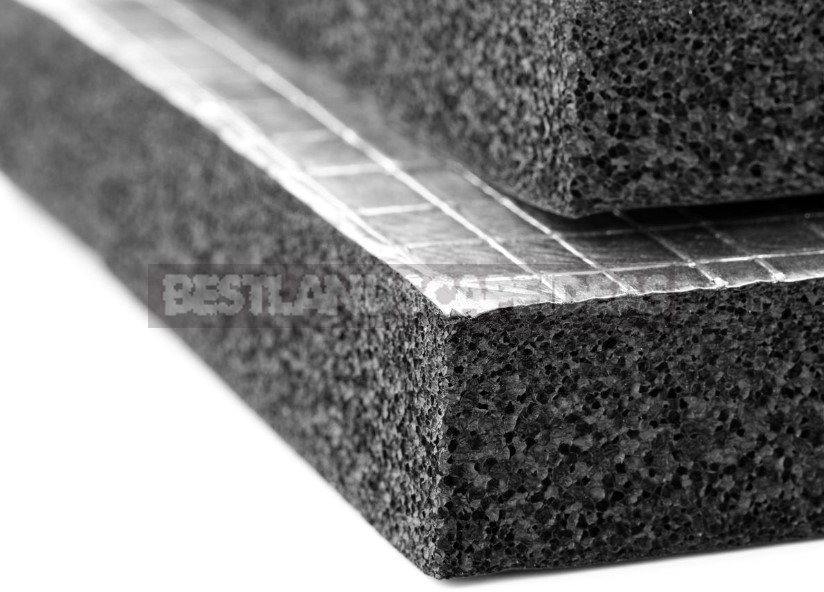
Sprayed polyurethane foam
Gaining popularity material for insulation-polyurethane foam sprayed on the surface. It is a foam similar to the installation, which hardens in the air.
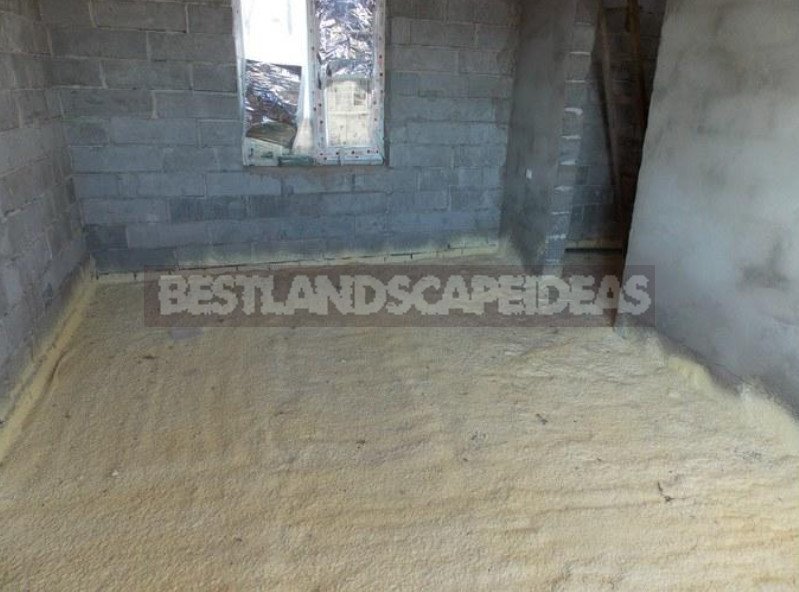
Its thermal conductivity is 0.023 W/(m*K). A positive difference from other types of insulation — seamless and can be applied to any surface.
Although the above materials are organic, it is more usual for us to give a similar definition to those thermal insulation materials that are made from natural raw materials.
Plywood, MDF, chipboard and other
Board materials from the processed wood (wood-fibrous and wood-shaving plates, plywood and other versions), laid on a concrete floor, can serve as a good heater. However, only if the heat loss is not too significant: the coefficient of thermal conductivity of such plates is within 0.12…0.15 W/(m*K)
Ecowool
Under this name is known insulation of recycled cellulose. It’s 80% shredded newsprint.
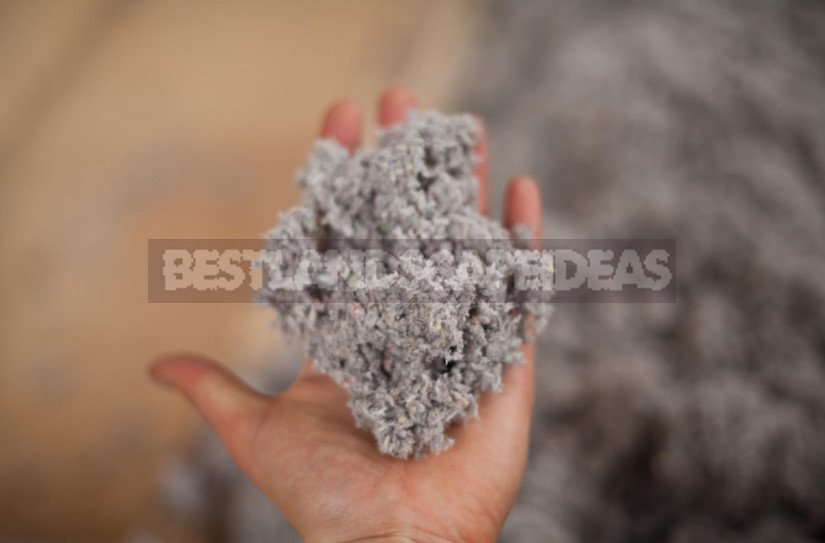
In addition to paper, the composition includes antiseptics and flame retardants. The material is a loose mass of gray color with λ=0,032-0,041 W/(m*K)
Cellulose insulation can be applied mechanically – with the help of special machines that blow fibers into the cavity of structures. In some cases, before laying the ECOWAS moisten using water or liquid adhesive composition.
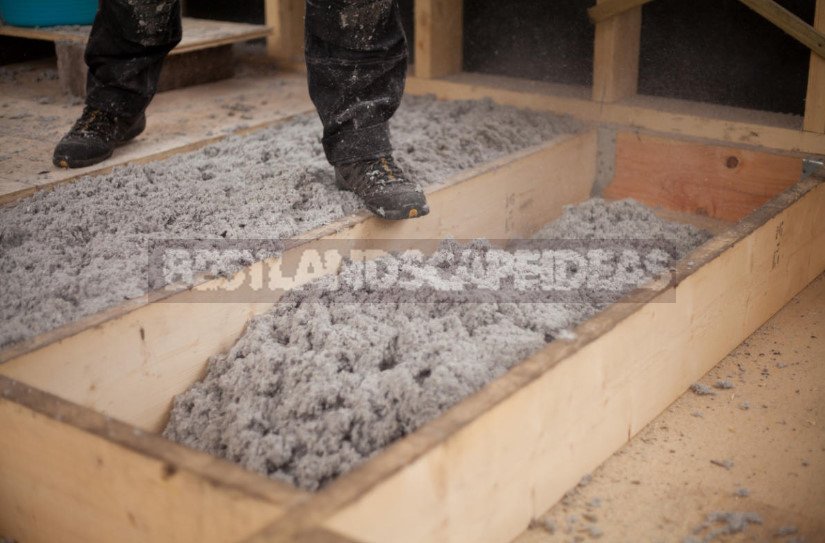
Lay ecowool can be hand — pouring and compacting. This method is best suited for insulation of horizontal structures, including floors.
Natural material
For those who care about the ecology of their homes, there are options for thermal insulation without phenol formaldehyde and other undesirable substances. These are reeds and straws, plates from pressed peat, from waste of processing of agricultural products (linen and hemp fibers) and so on.
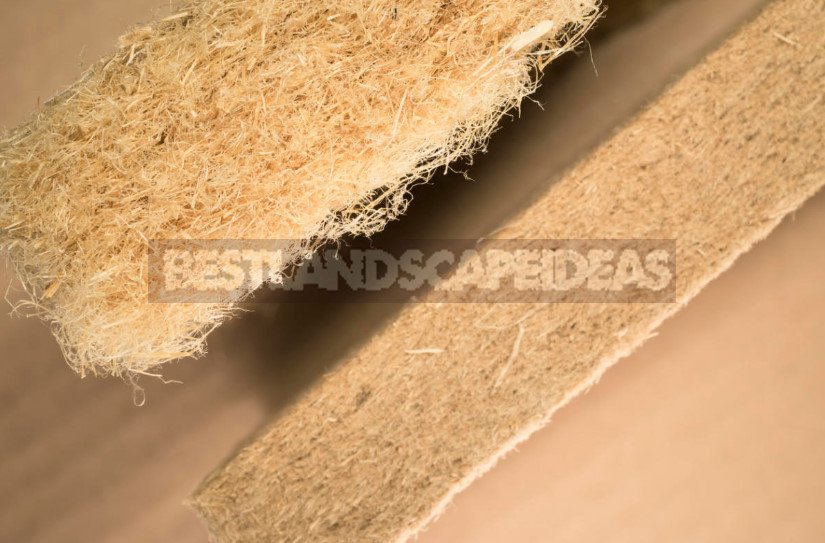
It is worth noting that these materials are biodegradable. Simply put, they rot and are affected by the fungus, and easily absorb moisture.
Bulk materials for thermal insulation
It is possible to warm a concrete floor and loose insulating materials. The most affordable way is to use expanded clay (porous granules obtained by firing clay). This material combines ease of use, durability, environmental friendliness, good thermal insulation qualities (λ=0,1 W/(m*K)) and reasonable cost.
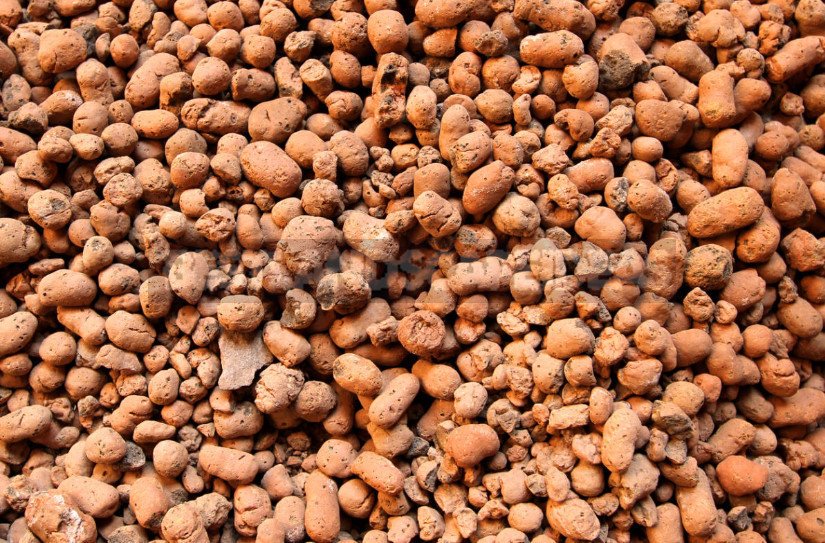
Expanded clay can be of different fractions: expanded clay gravel, crushed stone, and expanded clay sand. It can be used as an independent material or as an additive to concrete to facilitate and increase thermal resistance.
In addition to expanded clay, used swollen vermiculite and perlite, granulated foam glass, flakes of foam, foam chips. From natural, and most importantly, available materials can be called sawdust. Only before use they will need treatment from rotting.
Rare materials for thermal insulation
To the less popular methods of floor insulation can be attributed to the use of foam glass in blocks, and the device ties of the foam. They are not widespread because of the relatively high cost (foam glass) and the inability to work without special equipment (foam concrete).



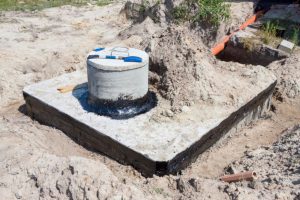
Leave a Reply